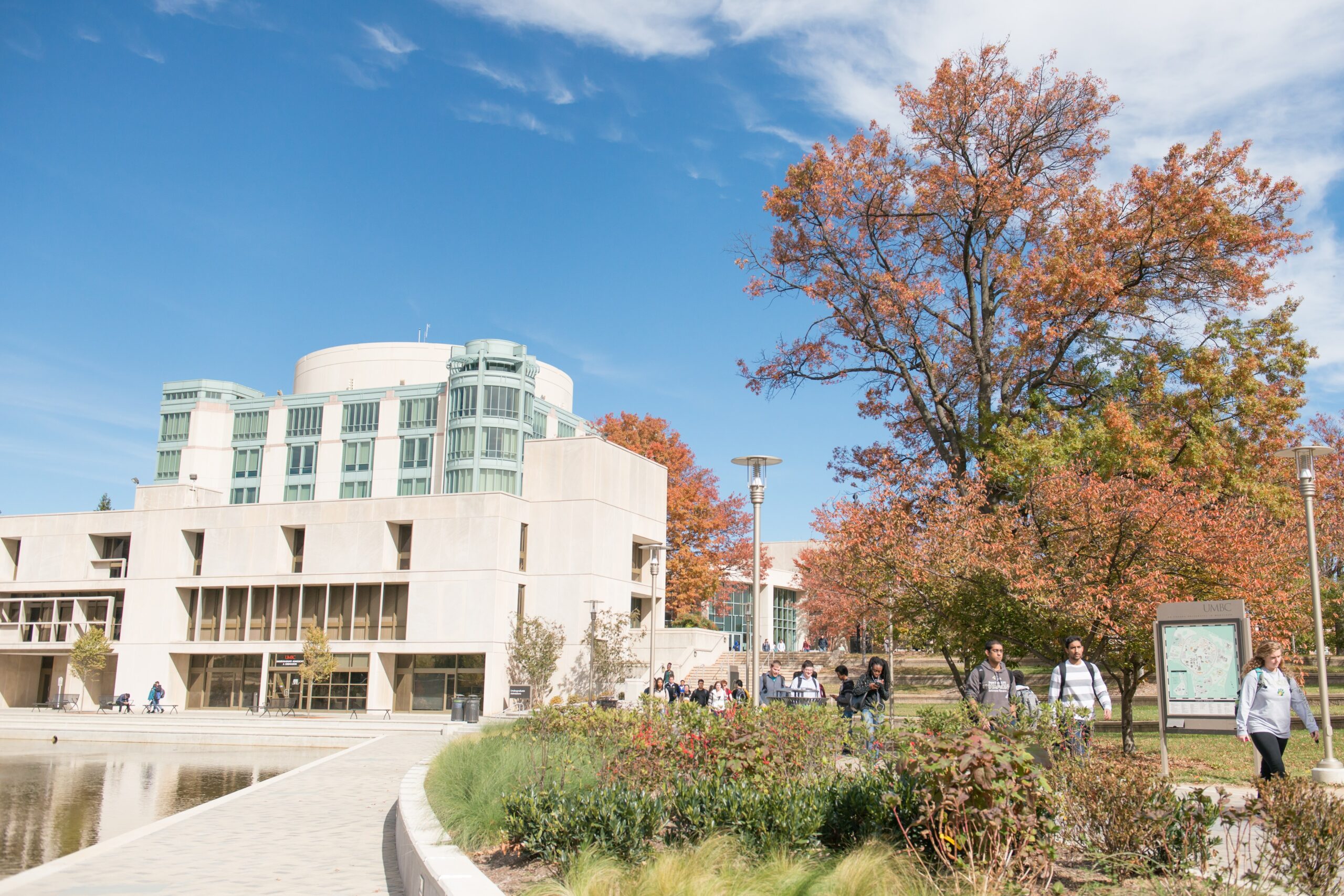With intense competition in today’s workforce for entry-level professional positions, internships are a popular way for students to get experience and contribute to companies and government agencies during their undergrad years, and to make the connections that can help them secure a job that matches their skills and interests. Caroline Baker, assistant vice president of careers and corporate partnerships, recently told The Baltimore Sun that employers are also competing with each other to hire top students, particularly in fields such as computer science, information systems, and cybersecurity.
“Because of the demand in hiring, we know that there are great jobs for these students,” she says, noting that UMBC is working to generate more student interest in these fields, especially among women. “We’re trying to break down the perception that cybersecurity professionals work alone in a dark room looking for hackers.”
Employers are hiring students as interns earlier in their college careers to provide them with more in-depth experience in core areas and entice them to consider full-time positions post-graduation. Baker says that previously internships were offered to juniors and seniors only, but recently she has seen sophomores and even some freshmen who have been offered competitive internships.
“It used to be unusual, but now companies are offering jobs at the end of internships,” Baker says. “The competition for talent is high.”
The special Baltimore Sun issue on education that highlighted UMBC’s Career Center also included articles focusing on UMBC’s robust teacher training program and 3D printing.
For future teachers, training to engage with and support diverse student populations is essential. UMBC’s Sherman STEM Teacher Scholars Program addresses the need for highly qualified math and science teachers who also understand the diverse populations that they serve, explains Rehana Shafi, director of the program.
“We support science and math majors who want to be K-12 teachers with professional development in culturally competent practices and offer applied learning in local urban settings,” Shafi says.
The Sherman STEM Teachers Scholars Program also offers support to alumni of the program when they enter the teaching workforce. “We help them see what they’re doing well, and talk about what’s going on in the schools,” she explains.
After Sherman alumnus Corey Carter ’08, biological sciences, ’10 M.A.T., was selected as 2016 Baltimore County Public Schools (BCPS) Teacher of the Year in April, Shafi noted, “Corey’s journey is a wonderful example of why the support provided by the Sherman Scholars Program, both during a student’s time at UMBC and during their first few years teaching, is so important.”
The Sun highlighted the assistive technology work of Amy Hurst, assistant professor of information systems, and her students, in the article “Humanizing Technology.” Hurst’s Prototyping and Design (PAD) lab at UMBC focuses on creating tools to help people with disabilities engineer technologies to fit their needs. William Easley ‘13, information systems, ‘15 ‘M.S. and ‘22 Ph.D., human centered computing; and Erin Buehler ‘14, M.S. and ‘18 Ph.D., human centered computing, taught a class in the Students United for Campus-Community Engagement for Post-Secondary Success (SUCCESS) program, which enabled students with disabilities to design 3D models and learn to operate a 3D printer.
The team is now looking at ways users with different cognitive abilities can use create 3D models as a drawing, mold or form.
“There’s a lot of misconceptions about the level of ability needed to use 3D printers—that you need an engineering background,” says Easley. “But we taught them the basics of 3D printing and the class created their own 3D print shop on campus. In the end, nobody became an expert, but everyone had designed their own model and [participants] were able to print with minimal assistance.”
Read the full education section in The Baltimore Sun.

